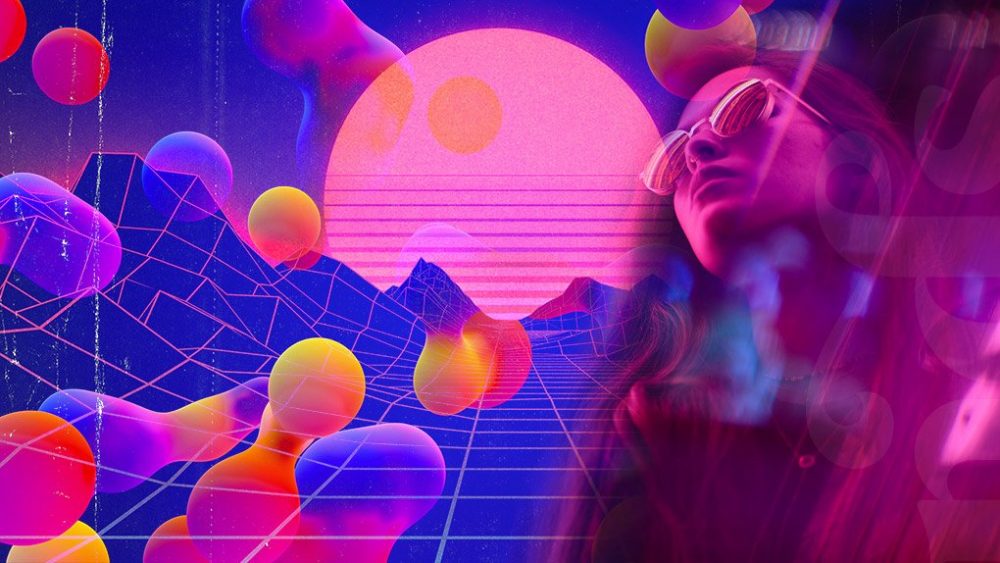Running on 20% power at a budget of $3 per day.
Update: 12 hours later

Update: After the weekend

Running on 20% power at a budget of $3 per day.


Color has long been recognized as a powerful tool for communication and expression. From the ancient Egyptians’ use of natural pigments to the Renaissance artists’ mastery of color harmonies, humans have been captivated by the emotional and psychological impact of color. In the 18th century, scientists and artists began to formalize the study of color, leading to the development of color theory.
One of the most influential figures in the history of color theory is Johann Wolfgang von Goethe, whose seminal work, “Theory of Colors,” published in 1810, explored the subjective nature of color perception and its psychological effects on the human mind. Building on Goethe’s insights, the 19th and 20th centuries saw further advancements in color theory, with pioneers like Albert Munsell and Johannes Itten refining our understanding of color relationships and symbolism.

In recent years, researchers have continued to explore the impact of color on human behavior, particularly in the context of digital marketing and e-commerce. While previous studies have identified general trends and associations between colors and consumer perceptions, the latest research aims to uncover more nuanced insights into how specific colors influence conversion rates and purchase decisions.
1. Neuroscientific Approaches:
One area of research that has gained traction in recent years is the application of neuroscientific techniques to study the neural mechanisms underlying color perception and decision-making. By using brain imaging technologies such as functional magnetic resonance imaging (fMRI) and electroencephalography (EEG), researchers can examine how different colors activate specific regions of the brain associated with emotions, memory, and reward processing.
2. Contextual Factors:
Another emerging trend in color research is the investigation of contextual factors that influence the effectiveness of different colors in driving conversions. Studies have found that cultural background, personal preferences, and product context can significantly impact how consumers perceive and respond to colors. For example, while red may evoke a sense of urgency and excitement in Western cultures, it may be associated with luck and prosperity in Asian cultures.
3. Dynamic Color Testing:
With advancements in digital technology, researchers now have the ability to conduct dynamic color testing in real-time, allowing them to experiment with different color schemes and variations to optimize conversion rates. Through A/B testing and multivariate analysis, marketers can systematically evaluate the impact of color changes on key performance metrics such as click-through rates, engagement levels, and purchase intent.
4. Psychological Insights:
Recent studies have also delved into the psychological mechanisms underlying color preferences and associations. Research suggests that certain colors may elicit specific emotional responses and cognitive associations based on evolutionary factors, cultural conditioning, and individual experiences. By understanding these underlying mechanisms, marketers can leverage color psychology to create more effective and persuasive marketing materials.
5. Cross-Modal Effects:
Additionally, researchers have begun to explore the cross-modal effects of color, which refers to how color perception can influence other sensory modalities such as taste, smell, and touch. For example, studies have shown that the color of food packaging can influence consumers’ perceptions of taste and flavor intensity, highlighting the interconnectedness of sensory experiences and consumer behavior.
In conclusion, the newest research on the influence of color on conversion rates reflects a growing interest in understanding the complex interplay between color perception, cognitive processes, and consumer behavior. By leveraging neuroscientific approaches, considering contextual factors, conducting dynamic color testing, exploring psychological insights, and investigating cross-modal effects, researchers are shedding new light on the power of color in shaping consumer perceptions and driving purchase decisions in the digital age.
History is littered with stories like this. Walt Disney was rejected more than 100 times. The two Steve’s at Apple Corp. One Steve could design, code and do electronics while the other Steve was an A-hole who was in the right spot at the right time 5 times in a row. Guess which one became an Icon and billionaire? (The other Steve is doing alright.)

On the flip-side there are people in janitorial positions at companies like Micro Soft that had stock options when the company blew up in a spectacular manner. The truth is there is no way of knowing. Nassim Nicholas Taleb writes about this very thing in allot of his books. Black Swan is mainly about capitalizing (or avoiding) things that can in no way be predicted.
In the 90s all sorts of strange things started happening in tech and finances, almost none of which I agree with. One positive thing, however, was the way venture capital started to work. Before it was like that A & R guy, Dick, in the 1950s, where they would “audition” companies who already had a winning strategy and then to “mentor” said company to the “next level”. That is certainly not a bad approach. But things started moving just too fast in the early days of the internet. The new approach was to rather invest small amounts of seeding capital in 10 000 tech startups, rather than colossal amounts of funding in a few companies. The hope is; and the odds are, that one in 10 000 will blow up to be the next Google, Uber or Netflix. VCs are basically betting that 9 999 of the tech startups will fail. None of the startups are betting that they will fail and there in lies the paradox of Dick Rowe.
Don’t be a Dick (sorry, I could not resist) Rowe. Put aside time each week to score some free coffee, but don’t be a snob. Listen to ideas and try to connect people. One day someone might do the same for you. Have an open mind and go forth to be an entrepreneur. Just don’t tell your mom too soon 😉